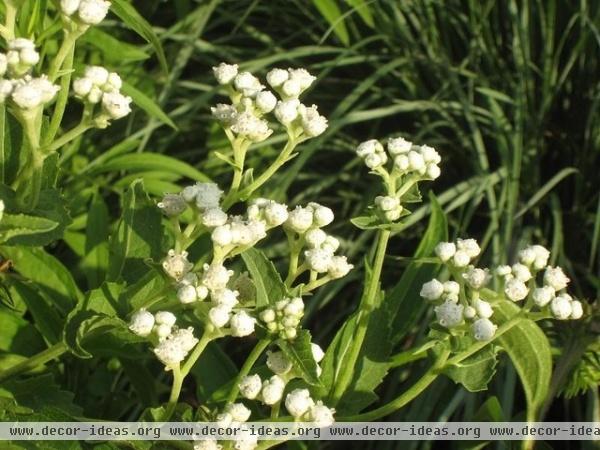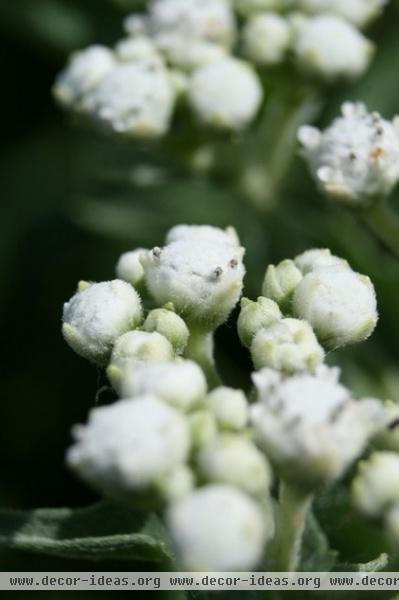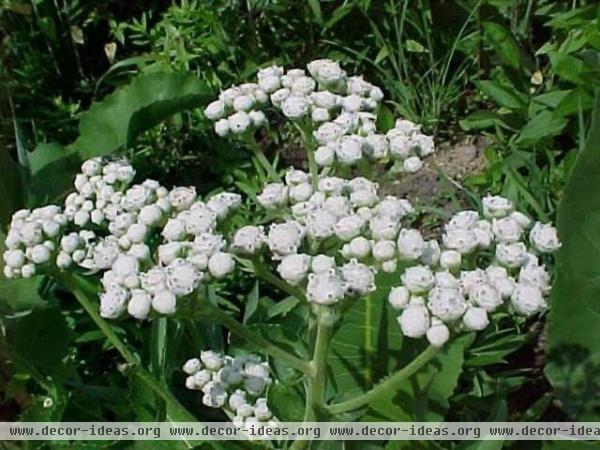Great Native Plant: Grow Wild Quinine for Its Unique Clusters of Blooms
http://decor-ideas.org 04/11/2014 23:23 Decor Ideas
Most wild plants aren’t that spectacular; anything you see in a nursery is often an exception to the rule and a slight misrepresentation of the real world. If you’re a plant collector, seeking out something a bit different that no one else has, you tend to overlook some of nonflashy aspects that might make a plant less desirable to a weekend gardener. If you are a native plant collector, your discerning eye focuses even more narrowly. I guess what I’m saying is, “Hey, plant nerds, I have something neat for you to look at!” It’s wild quinine, and I’d bet my next garden you haven’t heard about it.

Botanical name: Parthenium integrifolium
Common name: Wild quinine
Origin: Native from Louisiana to Minnesota, fingering east through Tennessee and Kentucky to the Carolinas and up to Pennsylvania
Where it will grow: Hardy to -30 degrees Fahrenheit (USDA zones 4 to 8; find your zone)
Water requirement: Medium to dry soil
Light requirement: Full sun to 25 percent shade
Mature size: 3 feet tall and 2 to 3 feet wide
Benefits: Very low maintenance and drought tolerant; uncommon in nursery trade
Seasonal interest: White florets in midsummer that turn tan for winter interest, especially when massed
When to plant: Spring to fall

Distinguishing traits. From a distance wild quinine isn’t that sexy, and even if you get really close, it maybe doesn’t get any sexier — but I ask you, how many blooms do you see like the ones here? They’re very unique. For this reason alone, wild quinine holds a place of honor in my perennial border. It doesn’t self-sow easily, which is why in the wild you’ll most often see it localized in high-quality, untouched native plant communities. It attracts select bees, wasps and moths. Rabbits and deer hate it.

How to use it. As a midheight plant, it can go just about anywhere. I suggest massing it to maximize the effect of its blooms. It could also appeal in a moon garden. Wild quinine has a sizable taproot, so it is very drought tolerant, handling dry clay to rocky soils with ease, but it can also thrive in a rain garden setting where water pools and then drains, leaving the area dry for long periods.
Planting notes. As with most perennials, you can plant it any time of year, though in summer you’ll have to keep up with watering until it’s established. Try it. Impress your garden friends with your collector’s eye for unique native plants; I promise you local fame and fortune. (I mean, hey, the Lurie Garden in Chicago uses this plant, so be hip like Chicago.)
See more native gardening
Related Articles Recommended












